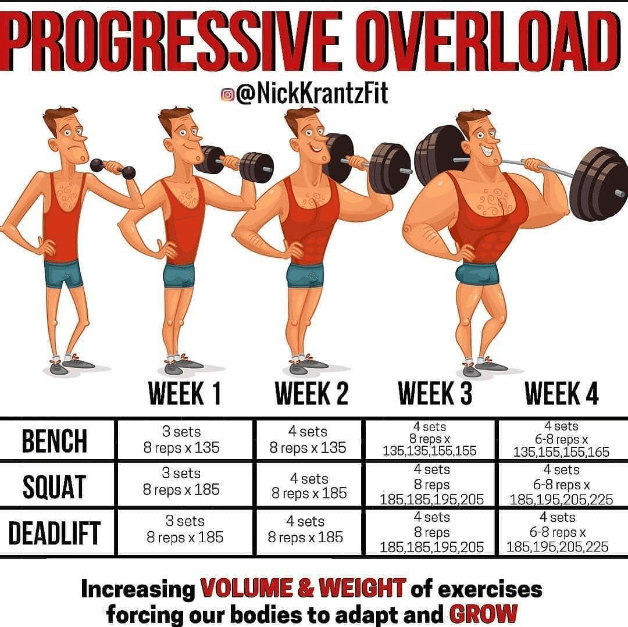No Gym, No Problem: Smash Fitness Goals with Home Calisthenics Workout. 5 core exercises.
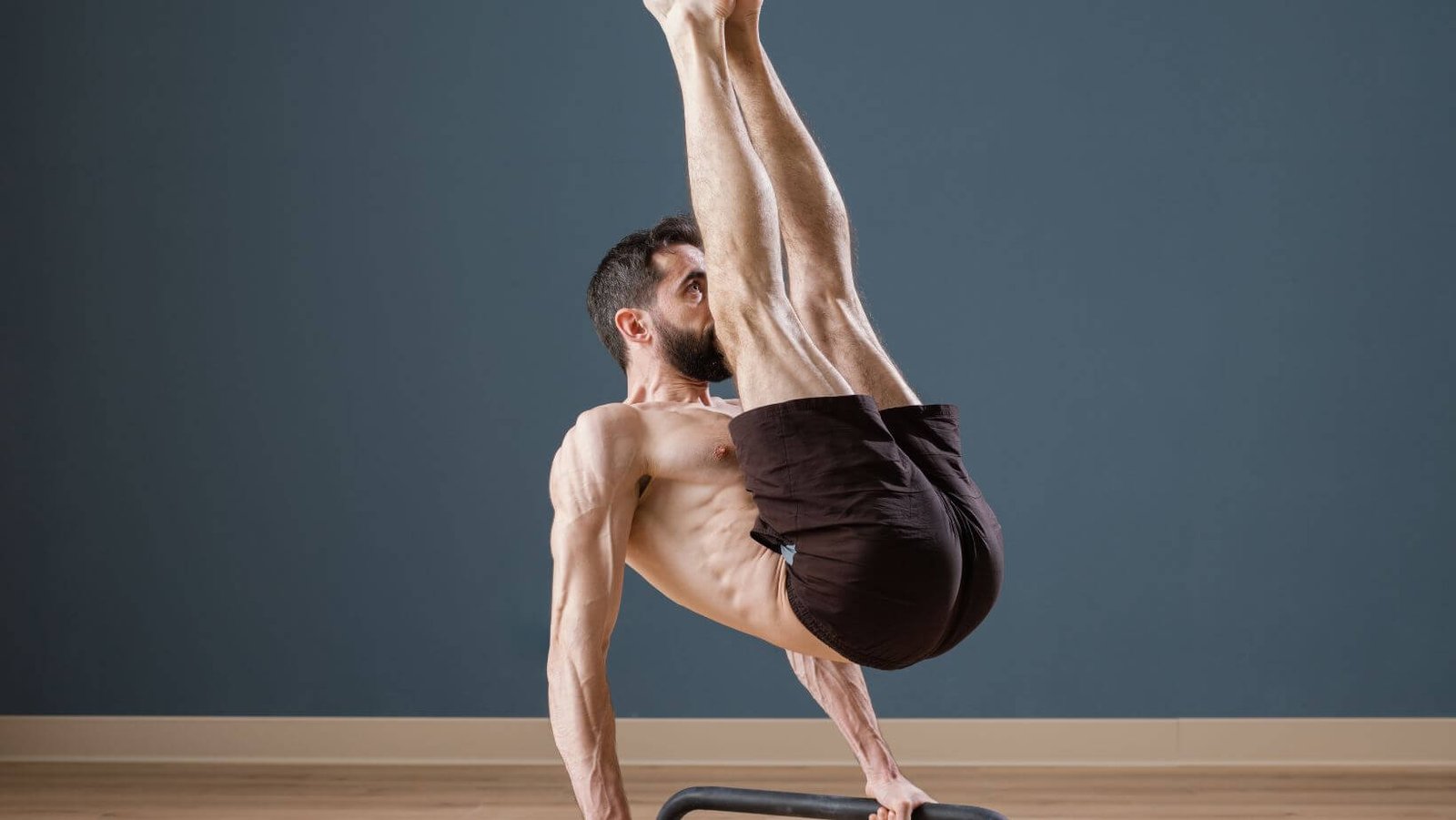
Calisthenics and home workouts are two fitness trends that are booming at the moment. This is due to the many benefits of calisthenics, such as being able to be done anywhere, requiring no equipment, and being very effective for improving strength and muscle tone. In addition, many people are finding that they have more time to do Home Calisthenics Workout during the pandemic.
If you are looking for a comprehensive calisthenics workout that you can do at home, then this blog post is for you. This blog post will give you a complete workout routine that you can do at home to improve your strength and muscle tone.
What is Calisthenics?

Calisthenics is a form of exercise that utilizes one’s own body weight for resistance. It is a versatile and effective form of exercise that can be done anywhere, anytime. Calisthenics can help you improve your strength, endurance, flexibility, and coordination. It can also help you lose weight and build muscle.
- Push-ups
- Pull-ups
- Squats
- Lunges
- Planks
- Burpees
Calisthenics is a versatile form of exercise that can be done anywhere, anytime. You can do calisthenics at home, at the park, or even at the gym. Calisthenics is also a very effective form of exercise. It can help you to improve your strength, endurance, flexibility, and coordination. It can also help you lose weight and build muscle.
Info
Calisthenics, derived from the Greek words “kalos” (beautiful) and “sthenos” (strength), is a form of exercise that utilizes body weight for resistance. Unlike traditional weightlifting, calisthenics focuses on functional movements that enhance overall strength, agility, and endurance. Rooted in ancient training methods, calisthenics has evolved into a modern fitness phenomenon, offering a holistic approach to body development.
Benefits of Calisthenics
There are many benefits to doing calisthenics. Some of the most notable benefits include:
- Increased strength and endurance: Calisthenics is a great way to build muscle and increase your strength. It is also a great way to improve your endurance.
- Improved flexibility and coordination: Calisthenics can help you improve your flexibility and coordination. This can help you avoid injuries and improve your overall athletic performance.
- Weight loss: Calisthenics is a great way to burn calories and lose weight. It is also a great way to build muscle, which can help you boost your metabolism.
- Increased confidence: Calisthenics can help you feel more confident about your body and your abilities. This can lead to a positive impact on your overall mental health.

Getting Started with Calisthenics
If you are new to calisthenics, there are a few things you can do to get started:
- Start with the basics: Begin by learning the basic calisthenics exercises, such as push-ups, pull-ups, squats, lunges, planks, and burpees.
- Find a workout plan: There are many calisthenics workout plans available online and in books. Choose a plan that is appropriate for your fitness level and goals.
- Be patient and consistent. It takes time and consistency to see results from any exercise program. Don’t get discouraged if you don’t see results immediately. Just keep at it and you will eventually reach your goals.
The Complete At-Home Calisthenics Workout
Setting Up Your At-Home Calisthenics Space
Space Requirements
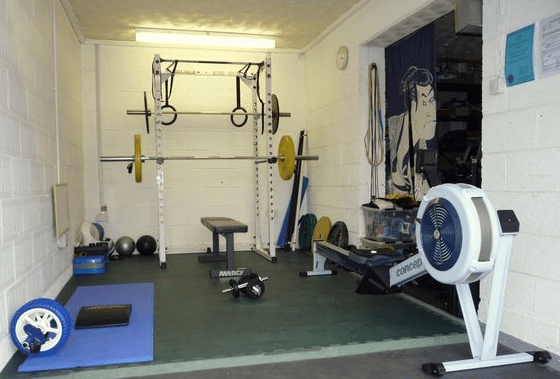
One great thing about doing calisthenics at home is that you can do it in any area. Calisthenics doesn’t need a lot of space, so anyone can do it, whether they have a big living room or a small spot.You should make sure that the place you choose has enough room for basic exercises like lunges, squats, and reaching.
Essential Equipment
To embark on your calisthenic journey, you’ll need minimal equipment. A non-slip workout mat provides comfort and stability, especially for floor exercises.

Invest in a sturdy pull-up bar that can be mounted in a doorway for upper-body workouts. Resistance bands, available in various strengths, add versatility to your routine, assisting with both assistance and resistance during exercises.
Now that you’ve set up your space and gathered the essentials, let’s delve into the heart of calisthenics—the exercises.
Essential Calisthenics Exercises
Warm-Up Routine

It is important to warm up your body in a dynamic way before starting the main routines. To get your heart rate up, do light exercise like jumping jacks or jogging while standing still.
After this, do some active stretches to make your muscles more flexible and get more blood flowing to them. A complete warm-up not only keeps you from getting hurt, but it also gets your body ready to do its best during the workout.
Core Exercises
The core serves as the powerhouse for all movements in calisthenics. Strengthening your core not only aids in achieving those coveted six-pack abs but also contributes to overall stability.
Incorporate exercises like planks, leg raises, and Russian twists to target different areas of the core. Perform these movements with controlled, deliberate motions, focusing on quality over quantity.
Upper Body Exercises
Calisthenics is renowned for sculpting impressive upper-body strength without the need for weights. Fundamental exercises such as push-ups, pull-ups, and dips form the backbone of any calisthenics routine.
Pay close attention to form, ensuring proper alignment to maximize the effectiveness of each movement. As you progress, explore variations and challenge yourself with more advanced techniques.

Lower Body Exercises
Equally important for a well-rounded physique is developing a powerful lower body. Traditional leg exercises like squats, lunges, and calf lifts work out tremendous leg muscles.
Incorporate plyometric exercises like box jumps and jump squats into your program to take it to the next level. These exercises improve explosive power and strength simultaneously.
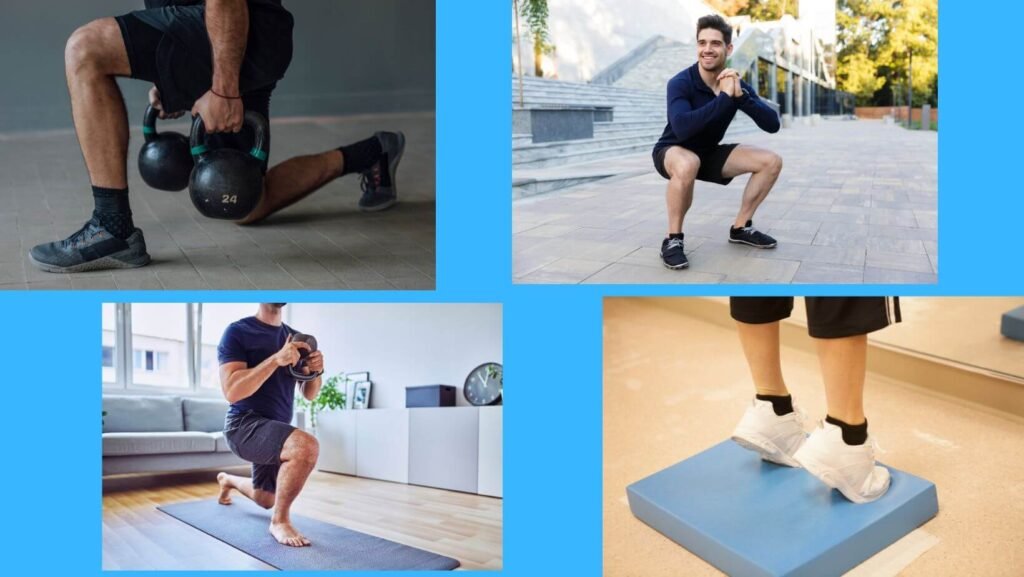
This section provides a solid foundation for your calisthenics journey, covering essential exercises that cater to various muscle groups. As we proceed, we’ll explore how to structure these exercises into a comprehensive workout routine and address the importance of progression and adaptation.
Progression and Adaptation
Building a Routine
Now that you know the basics of calisthenics, let’s talk about how to put them together in a program that makes sense. Set aside at least 10 minutes to do a dynamic warm-up that will get your heart rate up and your muscles open.
After that, do exercises for your core, and then do exercises for your upper and lower bodies. As a beginner, you should aim for three workouts a week so that your body has time to recover between exercises.
Progressive Overload
The key to calisthenics progression lies in the concept of progressive overload. This means gradually increasing the intensity of your workouts to challenge your muscles and promote continuous growth.
Start with variations that match your current fitness level and incrementally advance to more challenging exercises. Whether it’s increasing the number of reps, adjusting leverage, or exploring advanced variations, consistent progression is the cornerstone of an effective calisthenics routine.
Adapting to Fitness Levels
Calisthenics is incredibly versatile, catering to individuals of all fitness levels. If you’re a beginner, focus on mastering the basics before venturing into more complex movements.
Intermediate practitioners can experiment with variations and increase intensity, while advanced enthusiasts may explore advanced calisthenics skills like muscle-ups or one-arm push-ups. Adapt your routine to align with your current capabilities, and gradually push your boundaries to achieve continuous improvement.
Sample At-Home Calisthenics Workouts
Beginner’s Routine
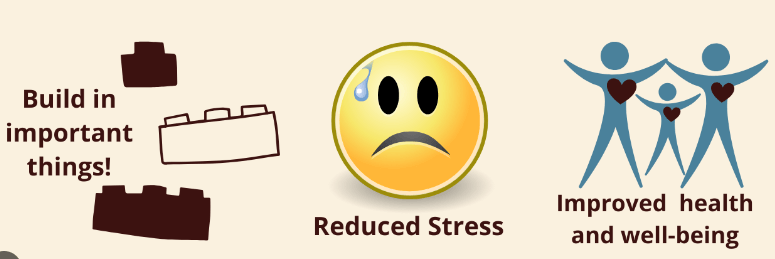
Keep things simple for starters. For the first 10 minutes, do light exercise and dynamic stretches to warm up. The next step is to do two sets of 10 reps of core movements like planks and leg raises.
After that, do some simple upper-body workouts, like push-ups and assisted pull-ups, three times, aiming for 8 to 10 reps each time. Finish with squats, lunges, and other exercises for the lower body, doing two sets of 12 reps each.
Intermediate Challenge
Intermediate practitioners can intensify their routine by incorporating advanced variations. Increase the difficulty of core exercises by introducing Russian twists with a medicine ball.
Progress to unassisted pull-ups and explore different push-up variations. Incorporate jump squats and plyometric lunges for an added lower-body challenge. Aim for 4 sets of 12–15 reps for each exercise.
Advanced Workout
A high-intensity exercise is best for people who are very good at calisthenics. Start with a short warm-up, then move on to more difficult core movements like push-ups and windshield wipers. One-arm push-ups and muscle-ups will work your upper body. Add pistol squats and explosive box jumps to your lower-body exercise to make it better. For extra aerobic benefit, do each exercise three times, with 12 reps in each set. Rest as little as possible between sets.
This section provides a practical guide for implementing calisthenics into your daily routine, catering to various fitness levels. As you progress, continually assess and adjust your routine to ensure it aligns with your evolving capabilities.
Recovery and Maintenance
Importance of Rest
While regular exercise is essential, so is getting enough shut-eye. Strength training and muscle restoration take time. You should give yourself at least two days to recover between sets of hard workouts. Pay attention to your body; if you’re constantly tired or aching, it’s telling you to get more sleep.
Nutrition Tips
Optimal nutrition is the backbone of any successful fitness journey. Ensure you’re consuming a well-balanced diet rich in protein, complex carbohydrates, and healthy fats. Hydration is equally important, especially as you engage in activities that induce sweating. Consider incorporating supplements like protein powder or multivitamins to support your nutritional needs.
At-home calisthenics provides a holistic approach to fitness, combining strength, flexibility, and body control. By understanding the fundamentals, progressing gradually, and customizing your routine, you can achieve remarkable results without the need for an elaborate gym setup. Embark on your calisthenics journey today, listen to your body, and enjoy the transformative benefits of this dynamic and accessible workout style.
Example
Workout: Engaging Your Entire Musculature
1. Squats:
Squats are a compound exercise that works your lower body muscles, including your quads, hamstrings, glutes, and core.
Stand with feet shoulder-width apart, toes slightly pointed out. Lower your body as if sitting back into a chair, keeping your back straight and your core engaged. Push through your heels to return to standing. Repeat for 10-15 repetitions.

2. Push-ups:
Push-ups are a classic bodyweight exercise that targets your chest, shoulders, triceps, and core.
As you begin, stand with your feet shoulder-width apart and your body straight from your head to your legs. Keep your elbows tucked in and lower your body until your chest almost hits the floor. Push yourself back up to where you started. Repeat about 10 to 15 times.

3. Pull-ups:
Pull-ups are an excellent exercise for strengthening your back, biceps, and forearms.
Grip a pull-up bar with an overhand grip, hands shoulder-width apart. Pull your body up until your chin reaches the bar. Lower yourself back down to the starting position. Repeat for as many repetitions as possible.

4. Plank:
The plank is an isometric exercise that engages your core, stabilizing muscles, and lower back.
Start in a push-up position with your forearms on the ground and your elbows aligned directly under your shoulders. Keep your body in a straight line from head to heels, engaging your core and glutes. Hold for 30–60 seconds.
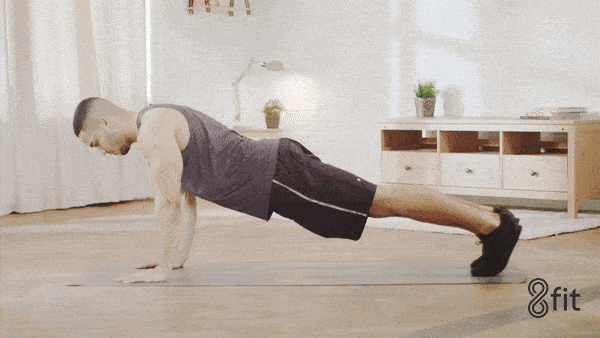
5. Crunches:
Crunches are an effective exercise for strengthening your abdominal muscles.
Lie on your back with your knees bent and your feet flat on the floor. Place your hands lightly behind your head or cross them across your chest. Engage your core and lift your upper body off the floor, curling your spine towards your knees. Lower back down to the starting position. Repeat for 15-20 repetitions.

Cool-down: Promoting Recovery and Relaxation
After completing your workout, it is important to take some time to cool down. Cooling down helps your body gradually return to its resting state, which can help reduce muscle soreness and improve recovery. One of the best ways to cool down is to do static stretches.
Static stretches are stretches that you hold for a period of time, typically 30–60 seconds. When you do static stretches, you should breathe deeply and evenly. This will help to relax your muscles and improve your range of motion.
Additional Tips for Success:
- Consistency: Aim for 2-3 calisthenics workouts per week, allowing adequate rest and recovery between sessions.
- Progression: Gradually increase the intensity or duration of your workouts as you gain strength and endurance.
- Proper Form: Maintain proper form throughout each exercise to maximize effectiveness and prevent injuries.
- Listen to Your Body: Pay attention to your body’s signals and adjust the workout as needed, avoiding overexertion.
- Enjoy the Journey: Embrace the process, celebrate your progress, and find joy in the journey of improving your fitness.
Calisthenics offers a versatile and effective approach to building strength, enhancing endurance, and improving overall fitness. With dedication, proper form, and a consistent workout plan, you can achieve your fitness goals and experience the benefits of this dynamic exercise regimen.
Conclusion
At-home calisthenics offers a versatile and effective approach to fitness without requiring expensive equipment or gym memberships. Success in calisthenics depends on consistent workouts, gradual progression, and adaptability to your body’s needs. Celebrate your achievements along the way.
This guide covers the basics of calisthenics, including setting up a workout space, essential exercises, progression strategies, sample routines, and recovery and nutrition tips.Create a personalized calisthenics routine that aligns with your goals and fits your lifestyle.
Join online communities for support and inspiration from others on their calisthenic journeys. Calisthenics has the potential to unlock your fitness goals, whether you seek improved strength, increased flexibility, or a total body transformation.
Embrace the challenge, stay committed, and enjoy the empowering journey of at-home calisthenics.


